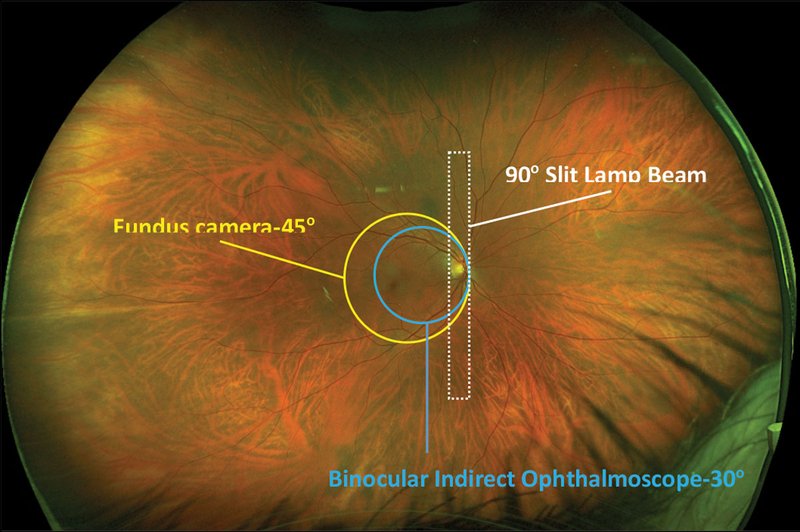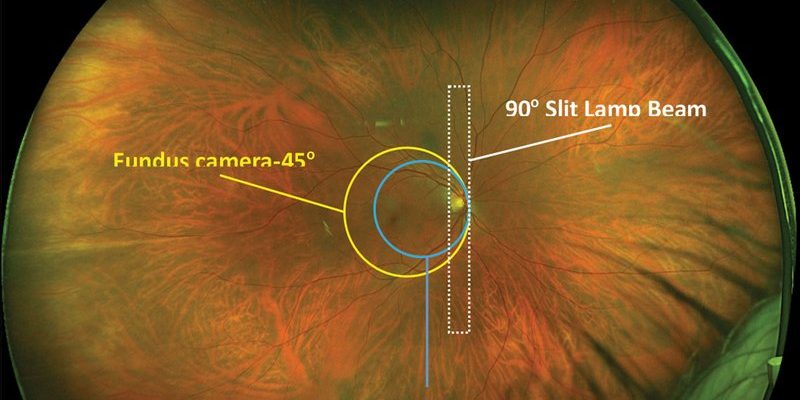
Imagine sitting quietly in a park, sipping coffee while observing nature. Instead of looking through binoculars, you simply set up a camera to record the activity of enchytraeids over time. You can get a sneak peek into their lives, capturing everything from feeding habits to mating rituals. To make the most of this experience, a reliable remote field camera like the Bushnell Trophy Cam can be incredibly useful. It’s designed for outdoor conditions and can run on a battery for a long time, meaning you can focus on your study without worrying about equipment issues.
Understanding Enchytraeids: Brief Overview
Enchytraeids are small, segmented worms that generally thrive in rich organic soils. They’re often found in compost, leaf litter, and other damp environments. They play a crucial role in breaking down organic matter, which enriches the soil for plants. Think of them as nature’s recyclers; without them, our ecosystems would struggle to maintain balance.
These worms can range from a few millimeters to several centimeters in length, but don’t let their size fool you; their impact on the ecosystem is significant. By burrowing through the soil, they enhance aeration and water retention, benefiting plant roots. They also contribute to the nutrient cycle by decomposing matter, which gets transformed into nutrients that plants can absorb. Understanding their behavior is vital for ecologists and anyone interested in soil health.
Why Use Field Cameras for Observation?
You might wonder, why not just observe them directly? The truth is, enchytraeids thrive in dark, damp places, making them hard to spot. That’s where field cameras come in. They allow researchers to document behaviors without interference, giving a clear picture of what these worms are up to.
Field cameras are equipped with motion sensors and can capture still images or videos, depending on the model. They work day and night, which is perfect since enchytraeids are primarily active during cooler, wetter conditions. This means you can get a true representation of their activities without the risk of disrupting their natural habitat.
Plus, the footage can be reviewed later, which is super handy! You can analyze patterns and behaviors that might not be visible in a short observation period. In essence, field cameras provide a non-invasive way to gather rich data about enchytraeid activity.
Setting Up Your Field Camera
Setting up a field camera might sound intimidating, but it’s pretty straightforward. Here’s how you can get started:
- Choose the Right Location: Look for areas rich in organic matter, such as compost piles, gardens, or forest floors.
- Positioning: Place the camera low to the ground, ideally where enchytraeids are likely to be active. Think of it like setting up a cozy seat at a theater to catch all the action.
- Calibrate Settings: Make sure to adjust the motion sensitivity and set it to capture in low light if you’re observing at night.
- Check the Battery: Ensure your camera is fully charged or has fresh batteries to avoid interruptions during your study.
Keep in mind that different cameras may have unique features, so it’s always a good idea to consult the manual or online guides for specific instructions.
Types of Field Cameras for Observing Enchytraeids
When selecting a field camera, consider what features matter most for your needs. There are various models, each with pros and cons. Here’s a quick breakdown of popular options:
| Camera Type | Pros | Cons |
|---|---|---|
| Bushnell Trophy Cam | Reliable battery life, weatherproof, and night vision capabilities. | Can be pricier than other options. |
| Campark Trail Camera | Affordable, good image quality, and easy to use. | Limited battery life in cold temperatures. |
| Ring Stick Up Cam | Versatile, can sync with smart devices, and offers live streaming. | Requires Wi-Fi access and may not be as durable outdoors. |
Choosing the right camera involves considering your budget and the specific features that will help you observe enchytraeids effectively. Each camera brings its own set of advantages, so weigh your options based on your observation goals.
Analyzing Your Footage
Once you’ve captured some footage, the real fun begins! Analyzing it can reveal a lot about enchytraeid behavior. Look for patterns in movement, feeding, and interactions with other soil organisms. You might notice:
– Feeding Behavior: How and what they eat can be fascinating. Do they prefer certain types of organic matter?
– Mating Rituals: Observing how they interact during mating can give insights into their reproductive strategies.
– Environmental Interactions: How do they respond to changes in moisture or temperature?
Honestly, it can feel like being a detective piecing together clues about these mysterious little worms. You’ll get to witness their lives unfold in real-time, and you might be surprised by what you discover.
Common Challenges and Troubleshooting Tips
Like any project, documenting enchytraeid behavior with field cameras can have its hiccups. Here are a few common challenges you might face, along with some troubleshooting tips:
- Camera Placement: If your camera isn’t picking up much activity, try repositioning it. A low angle can sometimes make all the difference.
- Battery Drain: If your camera runs out of battery too quickly, consider using high-quality batteries or adjusting settings to conserve power.
- Image Quality: If the footage is blurry, check the lens for dirt or moisture, and ensure it’s clean before redeploying.
Working through these challenges can be a learning experience. Remember, patience is key! The rewards of understanding enchytraeid behavior are worth the effort.
Why Documenting Enchytraeid Behavior Matters
So, why should you care about documenting enchytraeid behavior? Well, understanding their role in the ecosystem helps us appreciate the delicate balance of soil health. These tiny worms play a crucial part in nutrient cycling and soil formation. By studying them, we can learn how to maintain healthy environments for plants and animals alike.
Field cameras offer a unique way to engage with this hidden world. They provide data that can inform ecological studies, conservation efforts, and even agricultural practices. Plus, sharing your findings can contribute to broader conversations about soil health and ecosystem management.
In conclusion, using field cameras to document the behavior of enchytraeids is a fascinating journey into the unseen aspects of nature. With a little setup and patience, you can uncover the intricate lives of these tiny but mighty organisms. So grab your camera, head to that rich corner of soil, and let the adventure begin!

